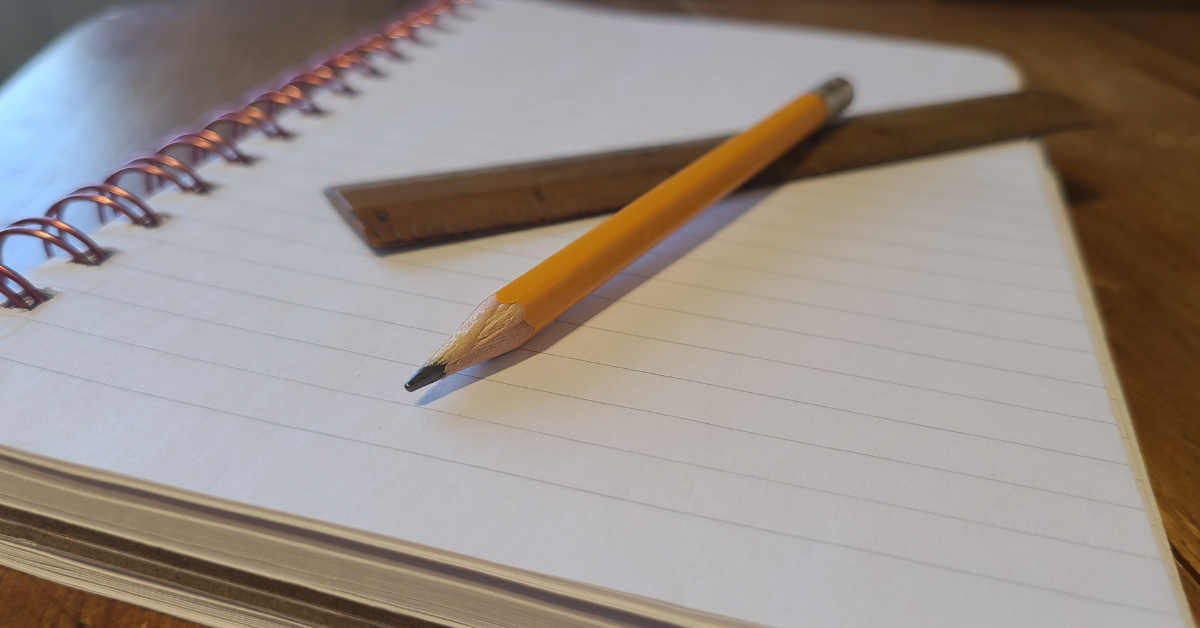“Hi, I am in grade 5 and I want to go back into the classroom, but I am scared. Not scared of school, but I’m afraid of the coronavirus that could be there.”
This was the opening statement on a Zoom coaching call I held last week. I was connecting with a concerned mom and a young woman who was feeling lonely and frightened. She’d been enrolled at the local school, however, when a classmate tested covid-positive this student had been sent home to self-isolate and complete her lessons online. She was presently faced with the prospect of going back to the classroom. She had a collection of masks, a personal bottle of sanitizer – she knew all the right things to do – and yet there was another layer of emotional support she was seeking.
Who could she play with on the playground, or associate with on the walks to and from home, or within the hallways of the school? She had lots of questions. She’d been through a formal quarantine (due to international travel) early in the pandemic and the virtual learning was perhaps triggering that same sense of self-isolation and separateness she’d experienced in that time. The novelty of screen time with friends was well-worn-off and she came to me (with her mom) to talk about additional strategies to consider on returning to the classroom.
“What can I do?”, she asked. And, specifically- from a coaching capacity- I wondered what she was already doing that was serving her well, and what she could imagine for herself?
We started in and chatted. This young 10-year-old had an amazing sense of somatic awareness (my term, not hers!) She could very accurately describe the physical sensations in her body when anxiety was present: warm temperature, quicker up-and-down motion in her chest, shallow breathing, a tightening in her belly, shaking in her hands and legs. Wow; so clear!
And so, we began to generate ways to de-escalate her stress. It wasn’t a big leap to hone in on “Birthday Candle Breathing” – a metaphoric title for a breathing technique that encourages a slow, deep inhale and a controlled exhale through pursed lips as if blowing softly on the flame of a candle on a birthday cake. As well, she described that she had tried journaling (but found it onerous sometimes) so she decided to revise it to a more manageable task of listing 3 things she was grateful for each day. She had previously created a fidget-key: a small token that fits in the palm of her hand to just twiddle with her fingers and not distract or annoy anyone near her desk. Finally, she identified a support person at school to reach out to if she needed reassurance or to talk. In the words of the Coach’s Training Institute, she was a model client: “resourceful, creative and whole”; I did not need to lead her anywhere – she stepped in and stepped up on her own.
It took hardly 30-minutes of focused conversation to come up with her new strategies – and she owned them! She is headed back into the school classroom this week, armed with the knowledge that she has control of her reactions and she has some solid ways to handle the uncertainties that will most definitely crop up. I would love to be a bug on the wall as she shares these strategies with her closest friends. She has not likely realized that she is stepping into a coaching role herself.
What a privilege to sit with this brave young woman while she found a way through this challenge in her world. And what an amazing mom who dared to show her daughter how to trust her own wisdom.
Of note, some details of this interaction have been altered to respect privacy. The school, teacher and parents have all collaborated in this situation, beyond the capacities described.

